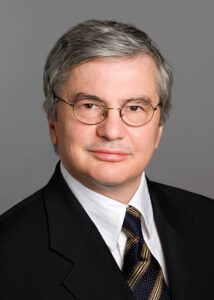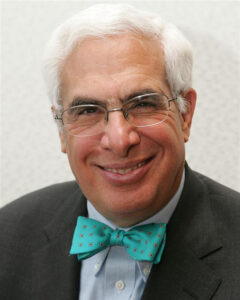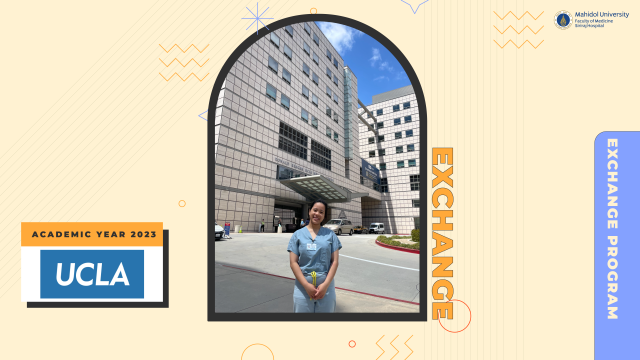On November 16th, 2023, the annual Press Conference took place at the Prince Mahidol Memorial Room, 2nd Floor, Syamindra Building, Siriraj Hospital, where the 32nd Prince Mahidol Award Laureates for 2023 were announced. Prof. Apichat Asavamongkolkul, Dean of the Faculty of Medicine Siriraj Hospital, Mahidol University and Vice President of the Prince Mahidol Award Foundation, addressed the audience. Others present included Clin. Prof. Supat Vanichakarn, Secretary-General of the Prince Mahidol Award Foundation; Mrs. Kanchana Patarachoke, Director-General of the Department of Information, Ministry of Foreign Affairs and Chairperson of the Sub-Committee on Public Relations; and Prof. Prasit Watanapa, Chairman of the International Award Committee of the Prince Mahidol Award Foundation.
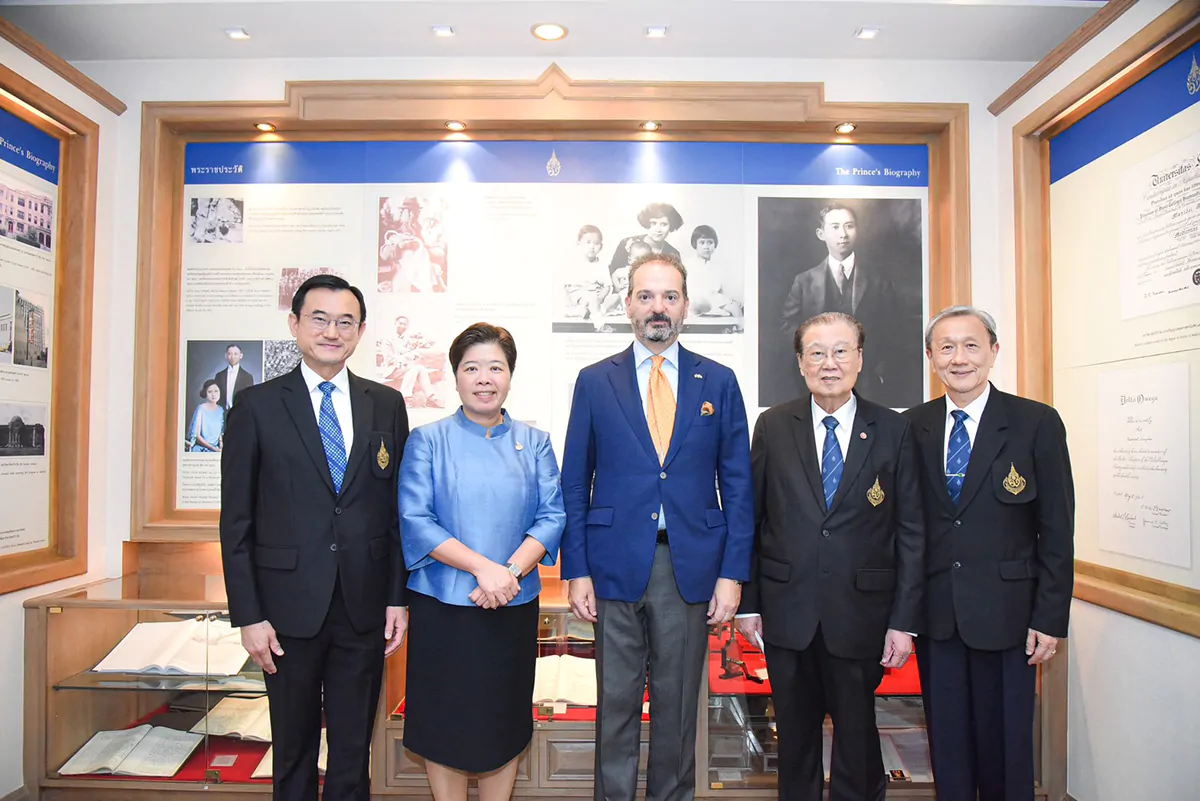

The Prince Mahidol Award 2023 in Medicine was given to Prof. Napoleone Ferrara, M.D., representing the USA and Italy, while the award in Public Health went to Dr. Barry H. Rumack, M.D., from the USA.
The Scientific Advisory Committee reviewed 92 nominations from 31 countries in 2023, including past applications from 2020 to 2022. Shortlisted candidates were recommended by the International Award Committee to the Board of Trustees, which made the final selection on November 1, 2023, presided over by H.R.H. Princess Maha Chakri Sirindhorn.
In the past 31 years, the Prince Mahidol Award has recognized 94 individuals and institutions, with four being Thai nationals. Notable laureates include Prof. Dr. Prasong Tuchinda and Dr. Suchitra Nimmannitya, joint recipients of the 1996 Prize in Medicine for Dengue virus research. The 2009 Public Health Award acknowledged Dr. Wiwat Rojanapithayakorn for HIV prevention efforts and Mr. Mechai Viravaidya for promoting condom usage.
Prince Mahidol Award Laureate 2023
In the Field of Medicine
Distinguished Professor of Ophthalmology and Pathology
Senior Deputy Director for Basic Sciences, Moores Cancer Center
School of Medicine, University of California San Diego
San Diego, California,
USA / Italy
Professor Napoleone Ferrara earned his M.D. from the University of Catania in Italy and completed an internship at Oregon Health & Science University, USA. During his postdoctoral fellowship at the University of California in the United States of America, Prof. Ferrara conducted a research in Reproductive Endocrinology and Cancer.
Prof. Ferrara discovered vascular endothelial growth factor (VEGF) and the identification and purification of VEGF as a potent mitogen specifically for vascular endothelial cells.
His laboratory has conducted extensive researches into VEGF’s biochemistry, molecular biology, its receptors, and the mechanisms of VEGF-induced angiogenesis, particularly in normal and pathological conditions, such as cancer and age-related macular degeneration (AMD).
Prof. Ferrara’s research has resulted in the development of the anti-VEGF antibody, Bevacizumab, which is used in the treatment of highly vascularized and aggressive cancers. His pioneer work included the development of the anti-VEGF Fab fragment known as Ranibizumab, and the scientific breakthrough has significantly improved the quality of life for many AMD patients, especially in an aging society.
The Laureate’s contributions to VEGF and anti-VEGF therapy have led to the worldwide use of anti-VEGF drugs and benefited millions of patients around the world.
Prince Mahidol Award Laureate 2023
In the Field of Public Health
Barry H. Rumack, M.D.
Professor Emeritus of Pediatrics and Emergency Medicine,
University of Colorado School of Medicine
USA
Dr. Barry H. Rumack earned his Doctor of Medicine degree from the University of Wisconsin School of Medicine and Public Health. He was also a clinical research fellow at the National Institutes of Health, a pediatric house staff, and subsequently a fellow at the Colorado Poison Center. His professional experiences, thus, provided him with a foundation for his future groundbreaking work in clinical toxicology.
In 1973, Dr. Rumack undertook a clinical fellowship with Dr. Henry Matthew, MD at the Royal Infirmary of Edinburgh in Scotland. During this time, he became deeply interested in the pharmacologic and toxicologic characteristics of a commonly used drug, paracetamol whose toxicity is responsible for 40-70 percent of acute liver failure cases worldwide. Collaborating with Professor Matthew, he collected a crucial dataset comprising 34 cases of paracetamol overdose and combined it with 30 previously published cases. This collaboration resulted in the creation of the iconic Rumack–Matthews nomogram, published in 1975. This nomogram, with its easy-to-understand graphs of paracetamol level, time after ingestion, and risk of liver toxicity, has allowed doctors all over the world to appropriately diagnose paracetamol toxicity. Through his study on the efficacy of N-acetylcysteine as its antidote, a treatment protocol was formed which became the global standard for managing paracetamol toxicity and led to a drastic reduction in liver failure from 54 percent to nearly 0 percent. Some version of this protocol is still used in emergency rooms all across the world today.

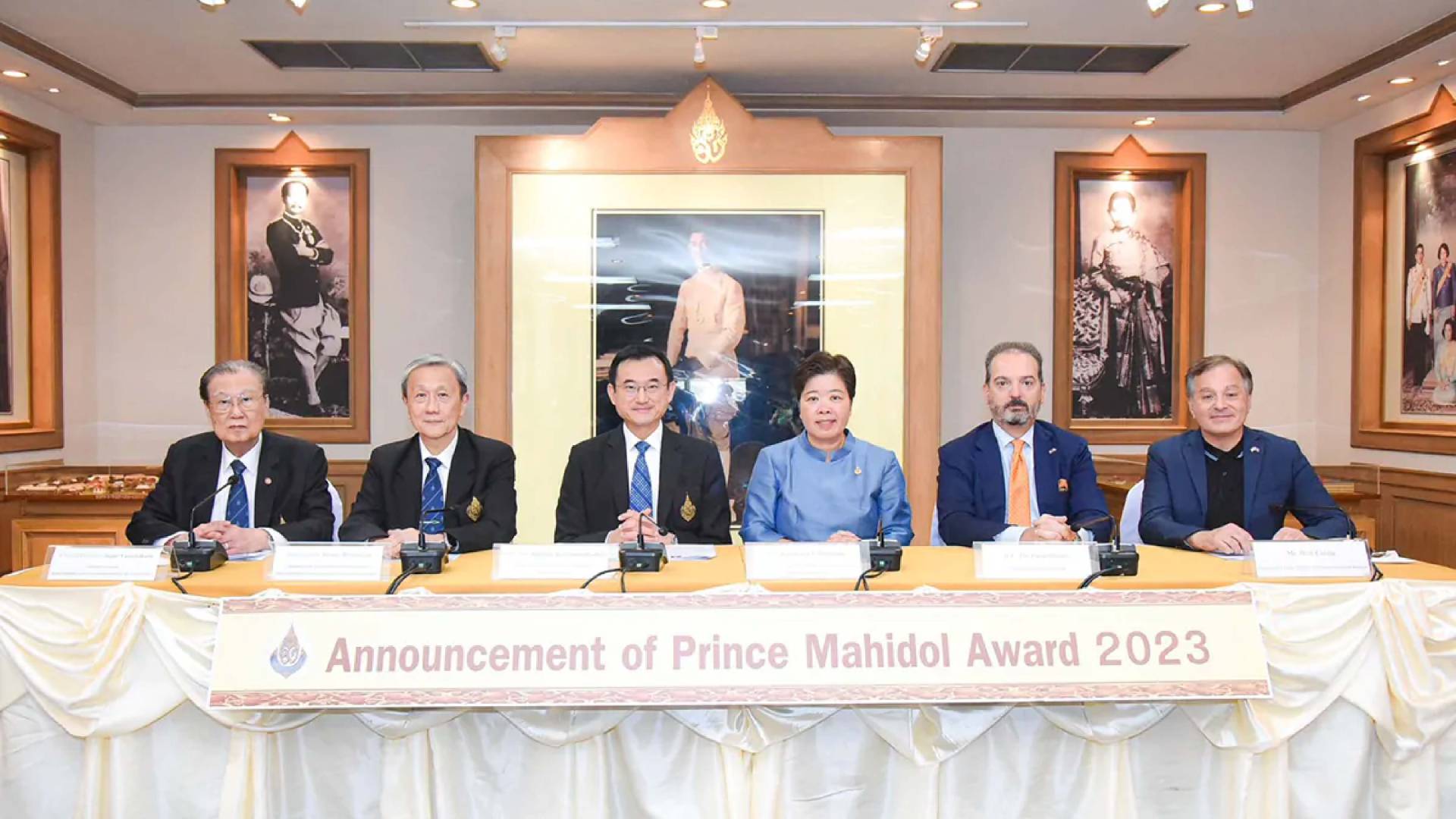
 Published
Published 